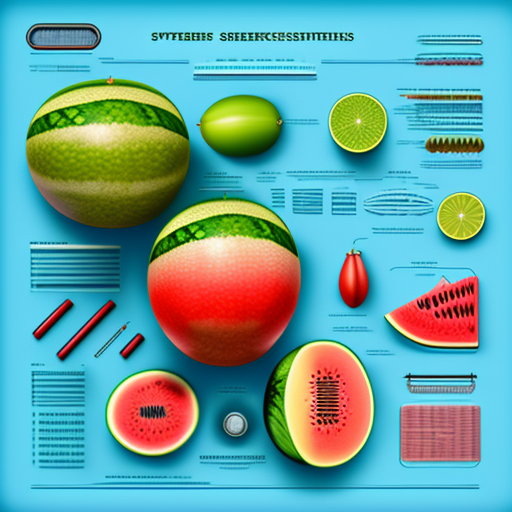
Web design plays a crucial role in guiding users through a website, ensuring they find what they need and stay engaged. One important element of effective web design is visual hierarchy. By understanding and utilizing visual hierarchy principles, designers can create engaging websites that guide user attention and enhance the overall user experience.
What is Visual Hierarchy?
Visual hierarchy refers to the arrangement and presentation of elements on a web page that influences the order in which users perceive and process information. It involves strategically placing elements based on their importance, emphasizing key elements, and creating a clear flow for users to navigate through the content.
Importance of Visual Hierarchy in Web Design
Visual hierarchy is crucial in web design as it allows users to quickly and intuitively understand the content and structure of a webpage. By guiding user attention, it ensures that vital information stands out, preventing users from feeling overwhelmed or missing important details. Effective visual hierarchy enhances user experience, keeps visitors engaged, and increases conversion rates.
Guiding User Attention with Visual Hierarchy
When designing a website, several techniques can be used to guide user attention:
Use Size, Color, and Contrast
Size, color, and contrast are powerful tools for creating visual hierarchy. By making important elements large and dominant, using contrasting colors, or enhancing contrast between elements, designers can draw attention and guide users through the content.
Arrange Elements with Layouts
The layout of a webpage plays a significant role in visual hierarchy. Placing elements strategically, such as using a grid system or arranging elements in a Z or F pattern, can direct users’ eyes to specific areas of the webpage. This helps users understand the flow of information and navigate through the content more efficiently.
Utilize Typography
Typography is not only a means to deliver written content but also a powerful tool for visual hierarchy. By utilizing different font sizes, weights, and styles, designers can highlight important headings or key pieces of information, making them stand out and guiding user attention.
Employ Whitespace
Whitespace, also known as negative space, is the empty area between elements. It helps improve readability, create visual separation, and guide users’ attention to specific areas of the webpage. Well-utilized whitespace can make a design appear clean, organized, and visually appealing.
Best Practices for Visual Hierarchy
Understand User Expectations
When creating a visual hierarchy, it is important to consider users’ expectations. Design elements that align with established patterns or conventions guide users more effectively. For example, placing a logo in the top-left corner or using a search icon for search functionality ensures users can easily find what they expect.
Focus on Clear and Concise Messaging
One of the goals of visual hierarchy is to deliver information in a clear and concise manner. Using short and straightforward messages that convey the intended meaning helps users quickly understand the content and find what they are looking for.
Perform A/B Testing
A/B testing can help evaluate the effectiveness of visual hierarchy on a webpage. By comparing different design variations, designers can gather data on user behavior and preferences, allowing them to fine-tune the visual hierarchy for optimal results.
In Conclusion
Visual hierarchy is an essential aspect of web design as it guides user attention, improves user experience, and enhances engagement. By utilizing techniques such as size, color, layout, typography, and whitespace, designers can create effective visual hierarchies and lead users through the content with ease. Understanding and implementing these principles is crucial for creating successful websites that meet users’ needs and goals.
